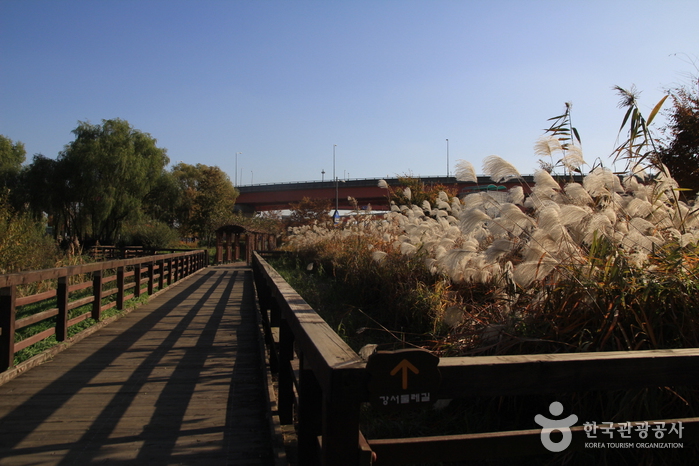Samcheong Park (삼청공원)
Samcheong Park (삼청공원)
– Homepage
parks.seoul.go.kr
– Tel
+82-2-2148-4150
Samcheong Park is a park that blooms in cherry blossoms in spring and fall colors in fall near Gyeongbokgung Palace. The park is home to a forest library and a café, and visitors can follow the trails to find acupressure trails, exercise equipment, badminton court, tennis court, playground, and a convenience store. The area surrounding the park is home to many galleries and restaurants, so it is a popular destination for walking among the people of Seoul.
– Address : 44, Insadong-gil, Jongno-gu, Seoul
※ Presentation Information
– Experience Guide
Not available
– Information and Guides
+82-2-2148-4150
– Opening Date
March 12, 1940
– Parking
Not available
– Day Off
Not available
– Operating Hours
Not available
– Tour Course Information
Samcheong Park – Trekking Routes – Malbawi Trekking Route – Wild Pear Tree Forest – Pine Tree Forest – Seoul Fortress Wall
– Admission Fees
Not available
– Available Facilities
Forest library, badminton court, tennis court, convenience store



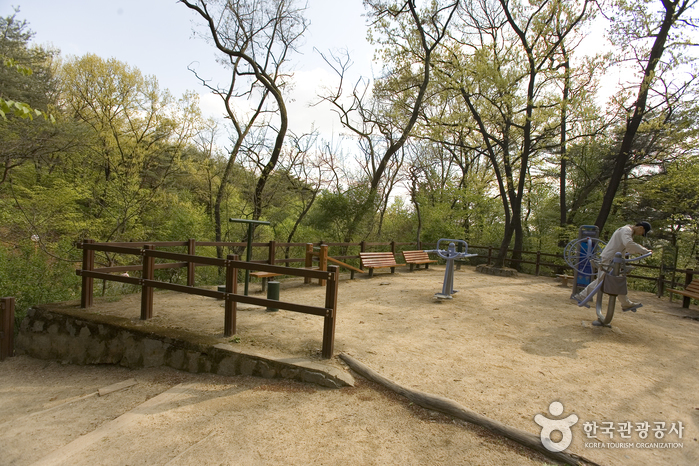
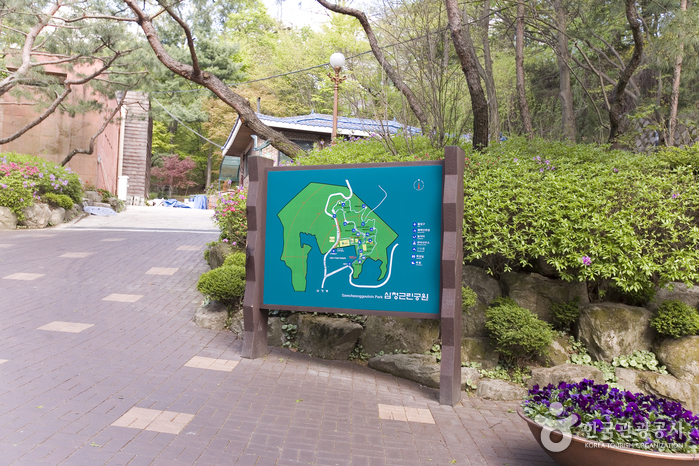

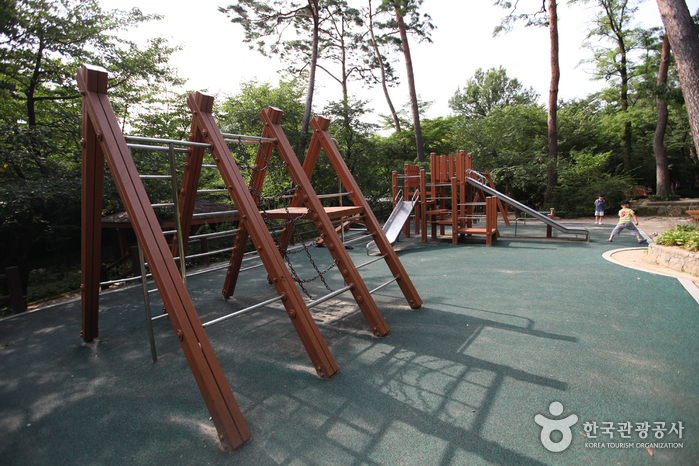
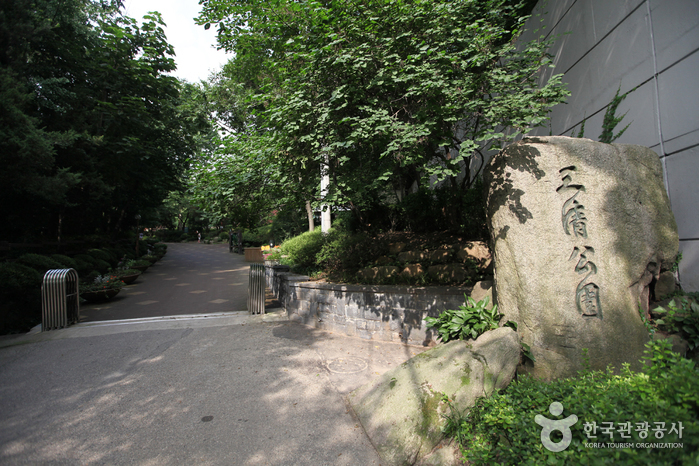
◎ Nearby Tourism Infobox
⊙ Owl Museum (부엉이박물관)
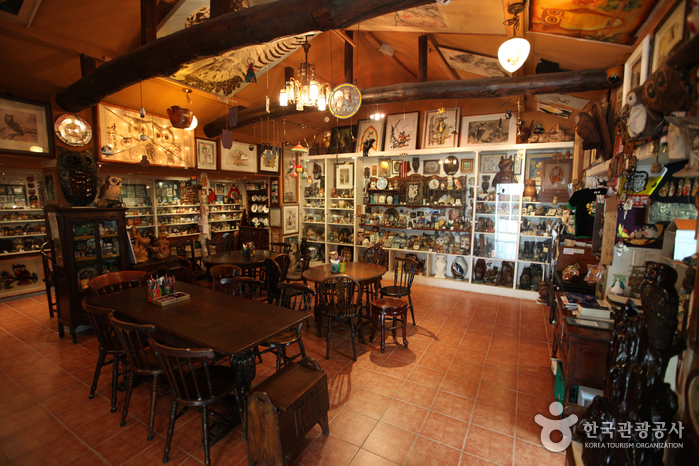
– Homepage
www.owlmuseum.co.kr
– Tel
+82-2-3210-2902
The Owl Museum is filled with over 2,000 pieces of owl-themed arts and crafts collected from all over the world by the owner. Renovated from a house, the museum has a feel of an antique café as the owner offers a cup of coffee or tea to visitors. Located near the city, those interested in owls should stop for a view and a drink. Various stories of how the collection was gathered as well as information on owls are also interesting.
⊙ Seoureseo Duljjaero Jalhaneunjip (서울서둘째로잘하는집)
– Tel
+82-2-734-5302
Seoureseo Duljjaero Jalhaneunjip is a sweet red bean porridge and traditional tea house near Gyeongbokgung Palace. Sweet red bean porridge is a sweet and smooth dish typically containing chewy rice cakes and chestnuts. In Korea, it’s a traditional food eaten during dongji (the shortest day and longest night of the year). They also offer traditional teas like ssanghwatang (herbal tonic tea), which contains seven medicinal herbs, sujeonggwa (cinnamon punch) with a blend of cinnamon and ginger flavors, and sikhye (sweet rice punch), a drink known for aiding digestion.
⊙ Samcheong-dong Street (삼청동길)
View detailed guide on Korea Trip Guide →
– Homepage
www.visitseoul.net
It is said that Samcheong-dong was named from the story about the three “cheong” (Chinese character meaning clean) of the area, namely the mountain, water, and people. Another theory is that the origin of the region’s name came from Samcheongjeon Hall where three tablets called “Taecheong,” “Sangcheong,” and “Okcheong,” were set up based on Taoism. Samcheong-dong Street features a mixture of old scenes of hanok buildings with traditional beauty and modern scenes of galleries and cafés, creating a unique atmosphere. Visitors can feel the abundant cultural mood at every corner of the street through the art galleries, museums, antique shops, and quiet pathways.
⊙ Bukchon Museum (북촌생활사박물관)

– Homepage
cafe.daum.net/namu3579
– Tel
+82-2-736-3957
The Bukchon Museum displays items that have been collected from Bukchon, a historical village that was once home to the nation’s nobility. The museum was founded to observe urban development that took place in the recent decades through collected and preserved veryday household items that were used by Bukchon residents. Visitors are even allowed to touch items on display to better be able to imagine life in Korea before industrialization.
⊙ Samcheong Sujaebi (삼청동수제비)
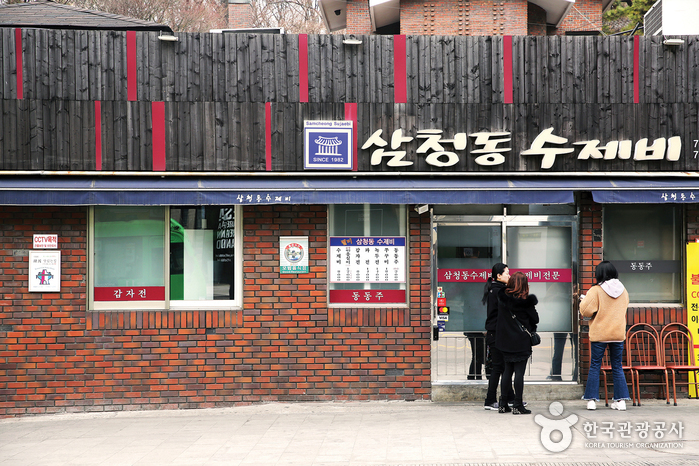
– Homepage
www.삼청동수제비.kr
– Tel
+82-2-735-2965
Samcheong Sujaebi is a handmade sujebi (hand-pulled dough soup) specialty restaurant located in Samcheong-dong. Sujebi is a dish made by tearing hand-pulled dough into pieces and boiling it in anchovy broth, among other broths. The signature menu features sujebi with sliced pumpkin, clams, and potatoes, all boiled together and served in a pot. Another specialty is the potato pancake made exclusively from 100% potatoes. Nearby attractions include Bukchon Hanok Village, the National Museum of Modern and Contemporary Art, and Gyeongbokgung Palace.
⊙ Hwa-un [Korea Quality]화운[한국관광 품질인증]
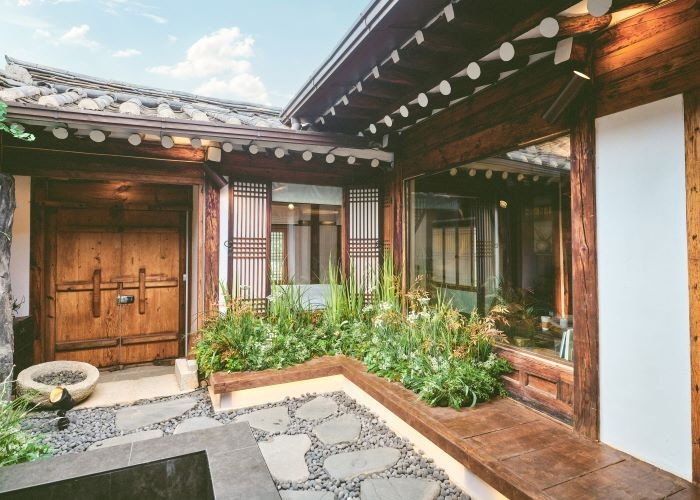
– Tel
+82-507-1373-2457
Hwa-un is a friendly hanok stay in Samcheong-dong, Jongno, Seoul, which is rented out as a single house. The house is high on a hill, giving superb views of Bugaksan Mountain, Inwangsan Mountain, Cheongwadae (Blue House), and Samcheong-dong Road.
There’s a beam projector for watching movies, and a jacuzzi for relieving fatigue.
⊙ Daraenamu Tree in Changdeokgung Palace (창덕궁 다래나무)
View detailed guide on Korea Trip Guide →
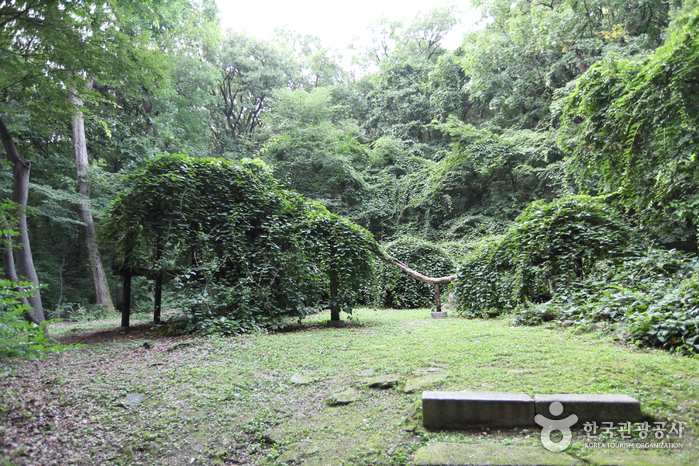
– Homepage
www.cdg.go.kr (Korean, English)
www.cha.go.kr (Korean, English, Japanese, Chinese)
– Tel
+82-2-3668-2300
Daraenamu Tree in Changdeokgung Palace is estimated to be 600 years old, meaning it had likely been planted before the palace was built. The tree stands 19m in x_height, and has six separate trunks sprawling in all directions. It is the biggest and the oldest in Korea. It is designated and protected as a National Natural Monument.
⊙ Choong Ang High School (중앙고등학교)
View detailed guide on Korea Trip Guide →
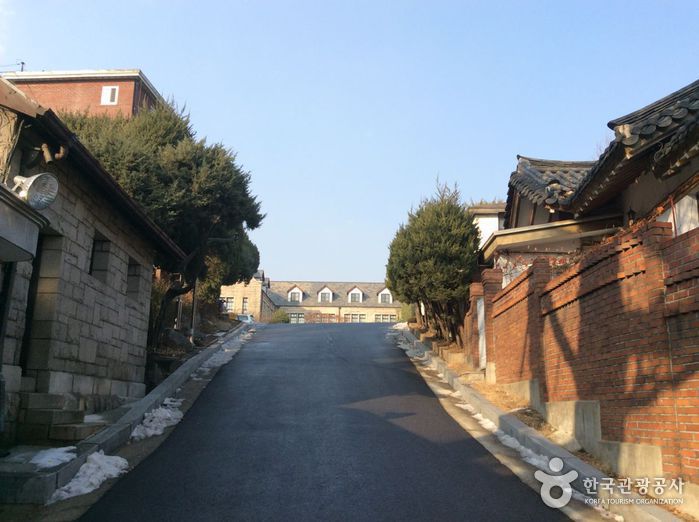
– Homepage
tour.jongno.go.kr (Korean, English, Japanese, Chinese)
– Tel
+82-2-742-1321
Choong Ang High School is located in Jong-ro near Samcheongdong-gil. It was built to educate the public at the beginning of the 20th century. The school’s main building was reconstructed in 1937 after the original two-story brick house was destroyed in 1934. The main building situated in front of the main gate is a two-story H-shaped granite stone building in Gothic style, with a four-story tower in the middle.
The school holds historical significance because it was designed by Park Dong Jin, one of Korea’s first modern architects and the designer of Korea University’s main building, library, and the Chosun Ilbo Newspaper Company building. The main building of Choong Ang High School is designated as Historic Site No. 281. Many national leaders were educated at the gothic building during the grim period when Korea was trying to escape Japanese colonial rule.
⊙ Dal Café (달 카페)
– Tel
+82-2-735-7355
Dal Café is a café located in Bukchon Hanok Village, housed within a traditional Korean hanok. “Dal” means “moon” in Korean. The café is designed with lighting fixtures that give the impression of the moon hanging on the wall, making it a perfect spot for photography. The signature menu item here is the traditional Korean shaved ice with topping served in a traditional pot.
